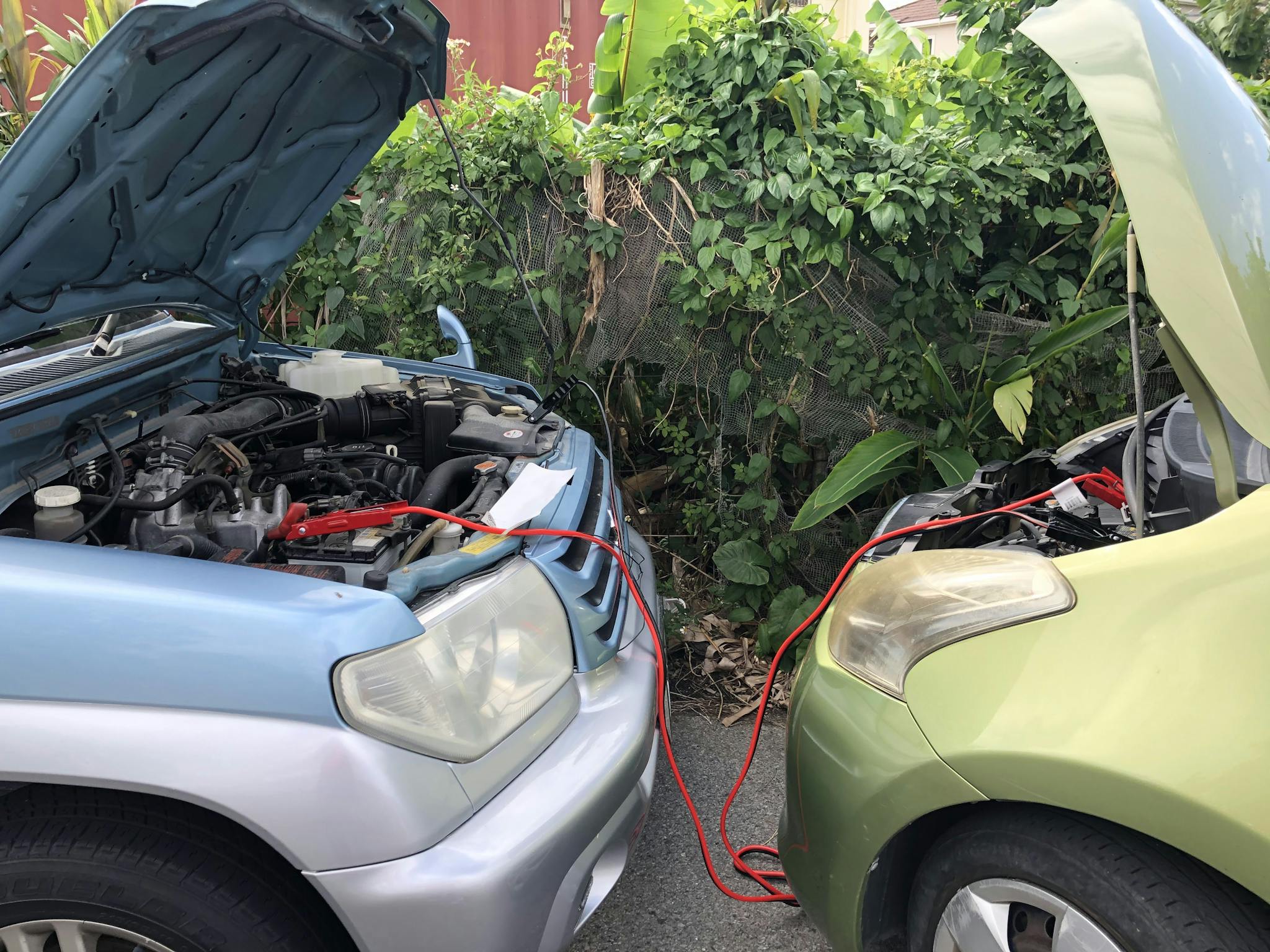
Introduction
Vehicle breakdowns are an unfortunate reality of driving, and they often occur when least expected. Whether you’re commuting to work, embarking on a road trip, or simply running errands around town, a sudden breakdown can leave you feeling stranded and stressed. We’ll explore practical tips and strategies to help you handle vehicle breakdowns with confidence and resilience.

Understanding the Common Causes of Vehicle Breakdowns:
Vehicle breakdowns can stem from a variety of issues, ranging from mechanical failures to flat tires and dead batteries. Understanding the common causes of breakdowns, such as engine overheating, transmission problems, or electrical issues, can help you take proactive steps to prevent or mitigate these issues.
Regular Vehicle Maintenance:
One of the best ways to prevent breakdowns is through regular vehicle maintenance. Schedule routine maintenance checks with a trusted mechanic to inspect key components such as the engine, brakes, tires, and battery. Addressing minor issues early on can help prevent more significant problems down the road and minimize the risk of unexpected breakdowns.
Carry a Basic Emergency Kit:
Be prepared for unexpected breakdowns by keeping a basic emergency kit in your vehicle. Essentials may include a flashlight, jumper cables, a tire repair kit, a jack and lug wrench, extra coolant and oil, and emergency flares or reflective triangles. Having these items on hand can help you address common issues and stay safe while awaiting assistance.
Know What to Do in Case of a Breakdown:
In the event of a breakdown, remain calm and follow these steps:
- Safely pull over to the side of the road or a designated breakdown lane.
- Turn on your hazard lights to alert other drivers to your presence.
- If possible, exit the vehicle and move to a safe location away from traffic.
- Assess the situation and determine whether you can address the issue yourself or if professional assistance is needed.
- Contact roadside assistance or a towing service for help if necessary, providing your location and a description of the problem.
- Wait patiently for assistance to arrive, and follow any instructions provided by the service provider.
Utilize Roadside Assistance Services:
Investing in a roadside assistance membership can provide peace of mind and valuable support in the event of a breakdown. Many insurance companies, auto manufacturers, and third-party providers offer roadside assistance programs that can help with services such as towing, jump-starts, fuel delivery, and lockout assistance. Consider researching and comparing roadside assistance options to find a plan that meets your needs and budget.
Conclusion:
While vehicle breakdowns are an inevitable part of driving, being prepared and knowing how to respond can help minimize stress and inconvenience. By understanding the common causes of breakdowns, prioritizing regular vehicle maintenance, carrying a basic emergency kit, knowing what to do in case of a breakdown, and utilizing roadside assistance services when needed, you can handle vehicle breakdowns like a pro and get back on the road with confidence. Remember, staying calm, prepared, and proactive is key to staying safe and resilient on the road.





